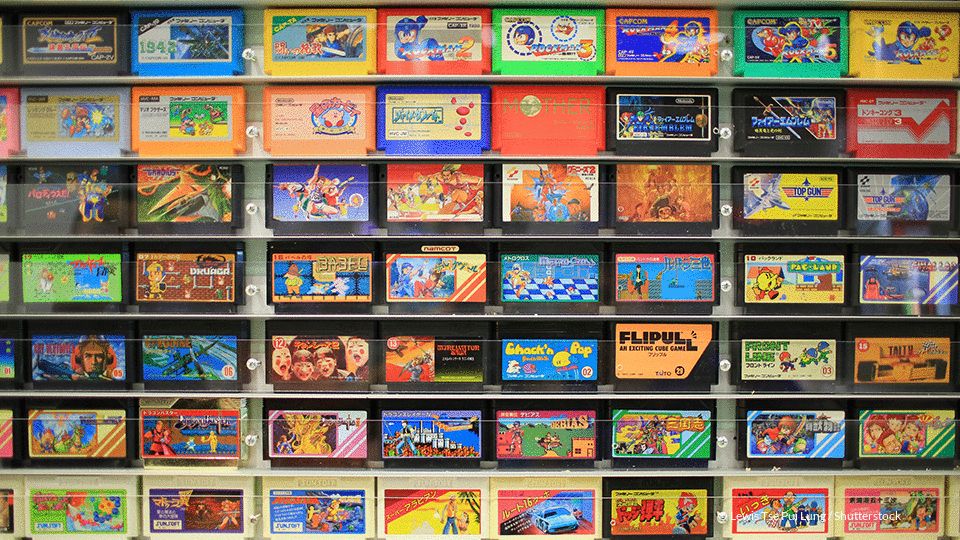Why suddenly everything is different: Digitalisation is leading to a phase of rapid innovation and market upheaval. In our series of essays, Philipp Bouteiller looks at the trends and technologies behind it and sheds light on what they mean for people. The third act revolves around the human play instinct and the fascination of virtual realism.
Computer games have always held a great fascination. Some still remember the early beginnings when ‘Pong’ or later ‘Space Invaders’, Donkey Kong and Pacman conquered our screens and then consoles. As processor power increased, game programmers were able to upgrade. In the meantime, graphics resolution has become so good that you can almost no longer tell the difference in a direct comparison of photo versus computer graphics.
Anyone who has ever moved through a game with Occulus Rift or Vive 3D glasses or even ridden a roller coaster knows the immersive fascination of virtual realism.
The effects are also beginning to show outside the gaming world. At Tegel Projekt GmbH in Berlin, for example, such a system is being used in the planning of an entire city quarter to check whether the concepts of the city planners and architects also work in (virtual) “reality”. This is a positive use case beyond computer games.
The technology will find its way into many areas. Planning is already increasingly being done in 3D, components are designed in 3D and then 3D printed (now also in metal, even titanium in the so-called selective laser sintering process, or SLS for short) – and even in aircraft construction. 3D printing is in the process of turning industrial production, warehousing and logistics upside down. Some ships already carry 3D printers so that they can print spare parts offshore in an emergency. Adidas entered series production in 2018 with a partially 3D-printed athletic shoe.
A nice side effect of this technological innovation: production comes back to Europe because the unit costs with printers are identical regardless of location, but transport costs are eliminated. In the area of maintenance and repair, making complex production processes transparent or training, the overlaying of reality with 3D graphics is being used more and more frequently, “augmented reality” (AR). Here, for example, one can look at a machine with an iPad or 3D glasses and the image is superimposed with an interior view. In this way, one can “follow” the machining of a workpiece by a machine or receive instructions on the order in which a machine is to be opened for maintenance.
But there are also new opportunities for sales. For example, WMF has developed an AR app (“WMF Photo Simu“) that allows you to view a selection of WMF coffee machines in your own home or office using an iPad, so that you can optimally fit them into the room. At IKEA, this now even works with the self-configured kitchen. And the American interior design platform Houzz also offers an app with which you can virtually view furnishings in your own four walls before making a purchase decision.
The same principle is also finding its way into medicine: diagnostic medicine has reached the point where the surgeon can look live into the patient’s body before and during the operation via his data glasses or on the monitor without having to cut him open first. This allows him to operate with previously unknown precision without unnecessarily damaging healthy tissue.
Every day we receive new reports of sensational developments in the field of virtual and augmented reality, from a wide range of disciplines. This will have an impact in all areas, not only in our leisure time, but above all in our working world.
The 4th act of the essay series will be published in 2 weeks.
